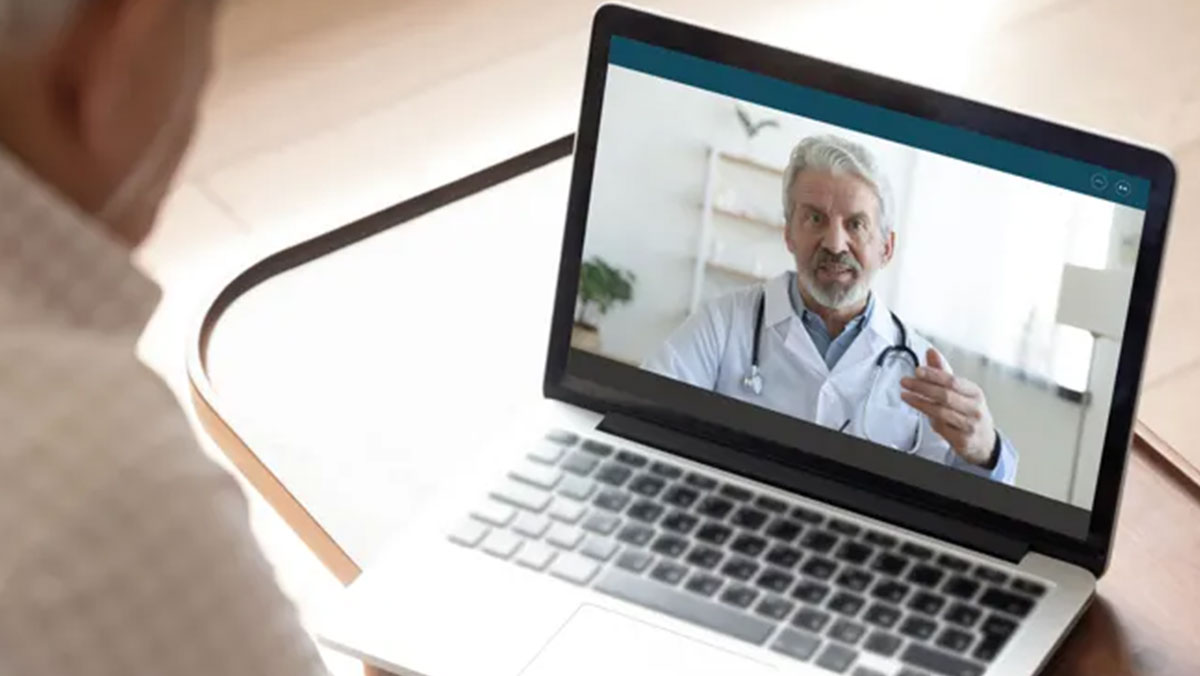RPM enables careful monitoring of patients for respiratory distress or other changes using sensors, thermometers, or blood pressure devices. Especially during the COVID-19 pandemic, patients with acute or chronic conditions not related to COVID-19 can also manage their health through RPM at homes, such as cardiovascular disease or even preterm birth. In this way, they do not need additional trips to the doctor's office or increase the risk of contact with patients. It can avoid cross-infection, and also keep healthy people at risk.

There are patients unable to visit doctors in person due to living in remote areas but still need help managing chronic conditions. Doctors can use sensors to monitor their physical condition and talk to them when needed for chronic disease management and health maintenance. RPM devices have played an extremely important role in this aspect, which greatly reduces the input of time cost and avoids various difficulties caused by inconvenient transportation.
Neglecting the pandemic issue, RPM can lead to a better quality of care as it allows for more continuous monitoring of biometric data while traditional tests rely on patients themselves to track and monitor their data. RPM enables you to identify and fix problems faster. Therefore, RPM can bring a better patient experience for those who manage chronic conditions from the comfort of their home.
Remote patient monitoring enables more efficient operations, increased staffing efficiency, improved patient access, and lower care costs. In a word, it provides affordable and high-quality care for the right patient in the right place and at the right time.